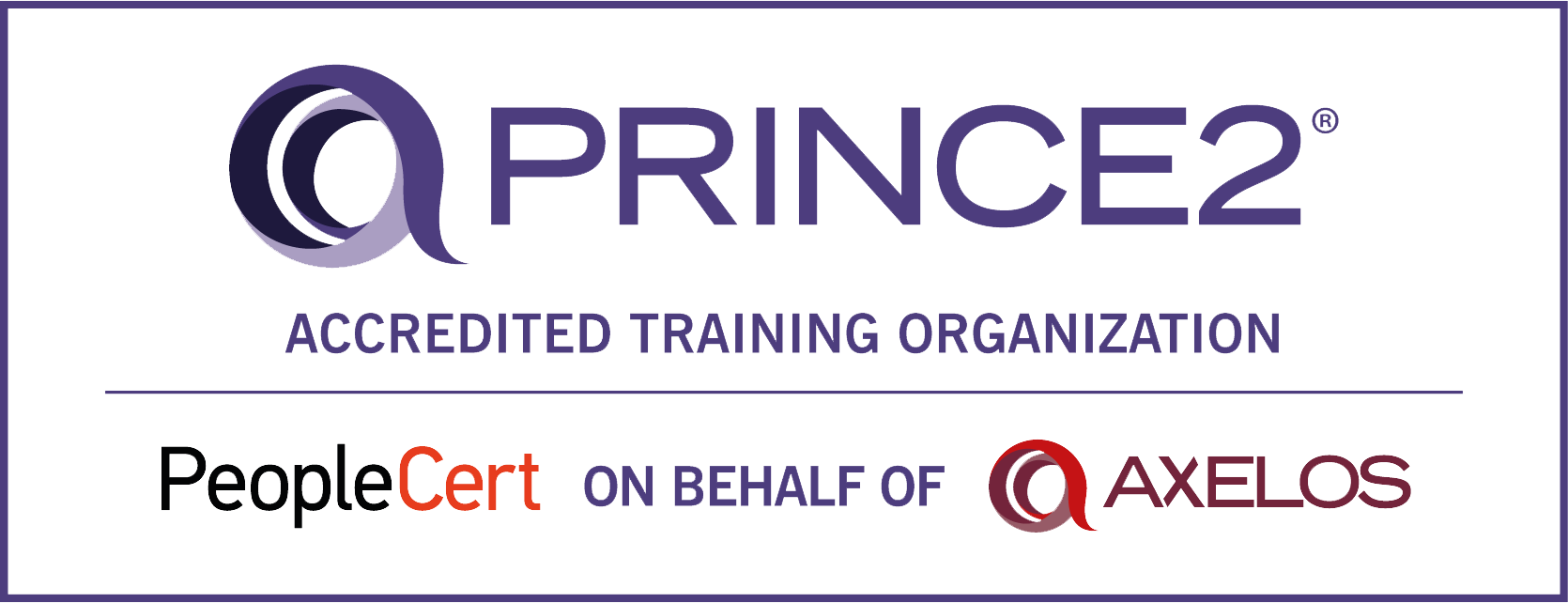PRINCE2® processes
PRINCE2® defines seven processes, which address the chronological flow of the project and they provide the set of activities required to direct, manage and deliver the project successfully.
1. Starting up a Project process (SU)
As its name suggests, this process is carried out before the actual start of the project. It is triggered by the delivery of a project mandate from corporate or programme management. The purpose of the Starting up a Project process is to ensure that prerequisits for initiating a project are in place by answering the question: is the project viable, realistic and worthwhile?
The activities in the process:
-
- Appoint the Executive and the Project Manager
- Capture the previous Lessons
- Design and appoint the project management team
- Prepare the Outline Business Case
- Select the project approach and assemble the Project Brief
- Plan the initiation stage
2. Directing a Project (DP)
The purpose of this Directing a Project process is to produce strategic decisions of the Project Board and guide the Project manager. Authorization and guidelines are usually issued as a consensus of representatives of the supplier, user and business.
The activities in the process:
-
- Authorize initiation - decision is made based on the results of Starting up a Project
- Authorize the project - the decision is made on the basis of Project initiation documentation
- Authorize a Stage or Exception plan - the stage can start only when the Project Board authorizes it. The Exception plan is prepared when some of the tolerances are about to exceed.
- Give ad hoc direction - any time, when the Project Board needs to provide direction or guidance to Project Manager.
- Authorize Project closure - the project can be closed, only when the Project Board gives authorization.
3. Initiating a Project (IP)
The purpose of the Initiating a Project process is to create a solid foundation for the project to ensure the Project Board and the stakeholders, that the project is worthwhile to start and will bring value for money in line with the expected benefits.
The activities in the process:
-
- Prepare the Risk Management Strategy
- Prepare the Quality the Management Strategy
- Prepare the Configuration management strategy
- Management strategy, communications and related documents
- Set up the project controls
- Create the Project Plan
- Refine the Business Case
- Assemble the Project Initiation Documentation
4 Controlling a Stage (CS)
The purpose of the Controlling a Stage process is to assign the work to be done (in the form of Work Packages), monitor this work, deal with issues (problems) and risks, report the progress in the stage to the Project Board and make corrective actions to ensure that the stage tolerance is not going to exceed.
The activities in the process:
-
- Authorize a Work Packages
- Review Work Package status
- Receive completed Work Packages
- Review the stage status
- Reporting highlights
- Capture and examine issues and risks
- Escalate issues and risks
- Take corrective action
5. Managing Product Delivery (MP)
The purpose of Managing Product Delivery process is to controll the relationship between the Project Manager and the Team Managers, by setting up formal requirements on accepting Work Packages, executing them and delivering them back when the work is done (delivering project´s products).
The activities in the process:
-
- Accept a Work Package
- Execute a Work Package
- Deliver a Work Package
6 Managing a Stage Boundary
The purpose of the Managing a Stage Boundary process is to enable the Project Board to be provided with sufficient information by the Project Manager at the end of each management stage, so that Project Board can review the success of the current stage, review updated Project Plan, Business Case (and other PID if necessary), confirm continued business justification and approve the next Stage plan.
The activities in the process:
-
- Planning the next stage
- Update the Project Plan
- Update the Business Case
- Prepare End Stage Report
- or prepare Exception Report
7 Closing a Project (CP)
The purpose of the Closing a Project process is to provide a fixed point at which the Project Product is delivered and accepted, objectives of set up in Project Initiation documentation have been achieved and the project has nothing more to contribute. Closing a project must be authorized by the Project Board. Closing a Project process is applied also when the project must be prematurely closed.
The activities in the process:
-
- Prepare planned closure
- Prepare premature closure
- Hand over products
- Evaluate the project
- Recommend project closure



Comments
Sign up to make a comment.